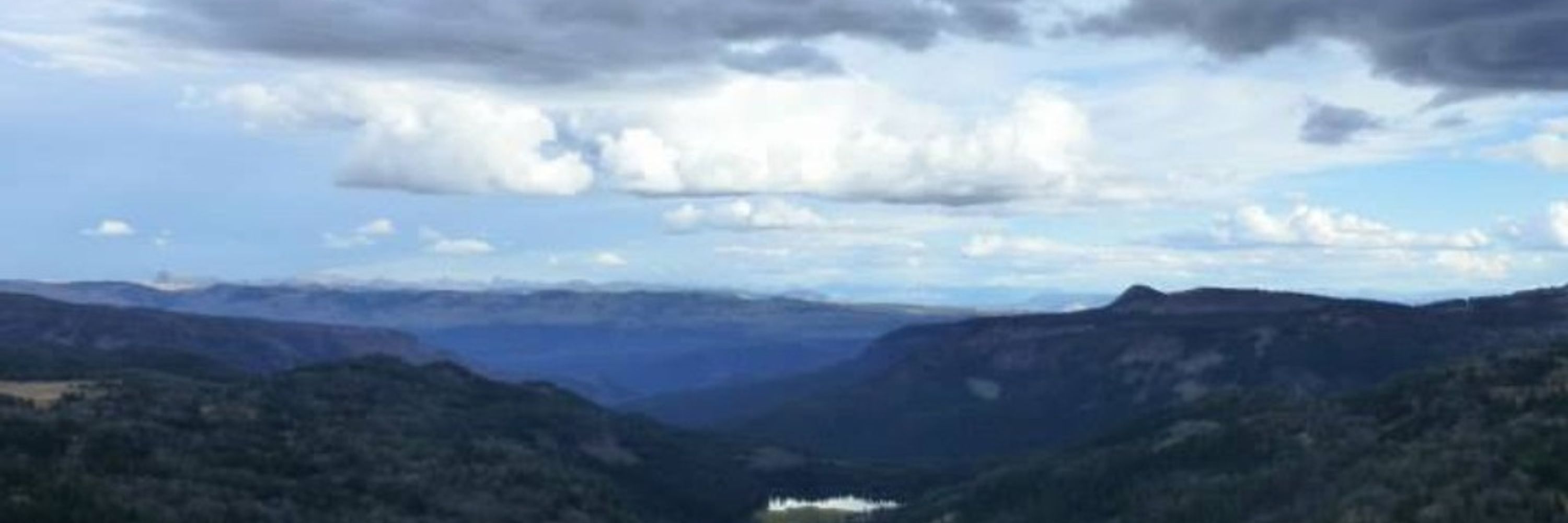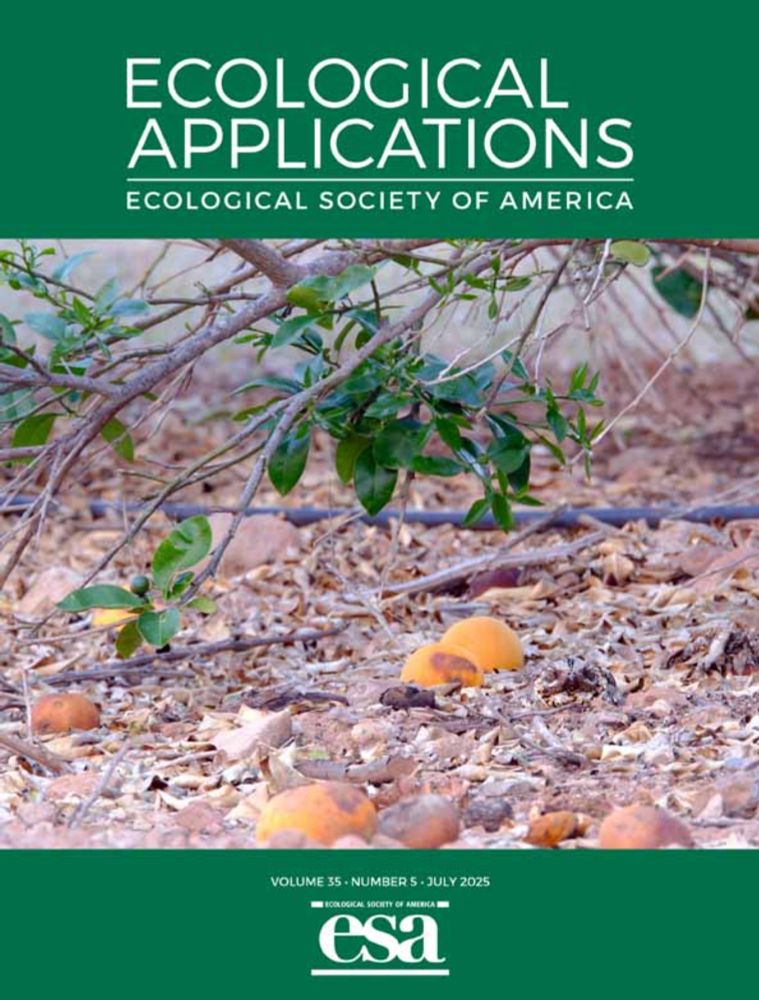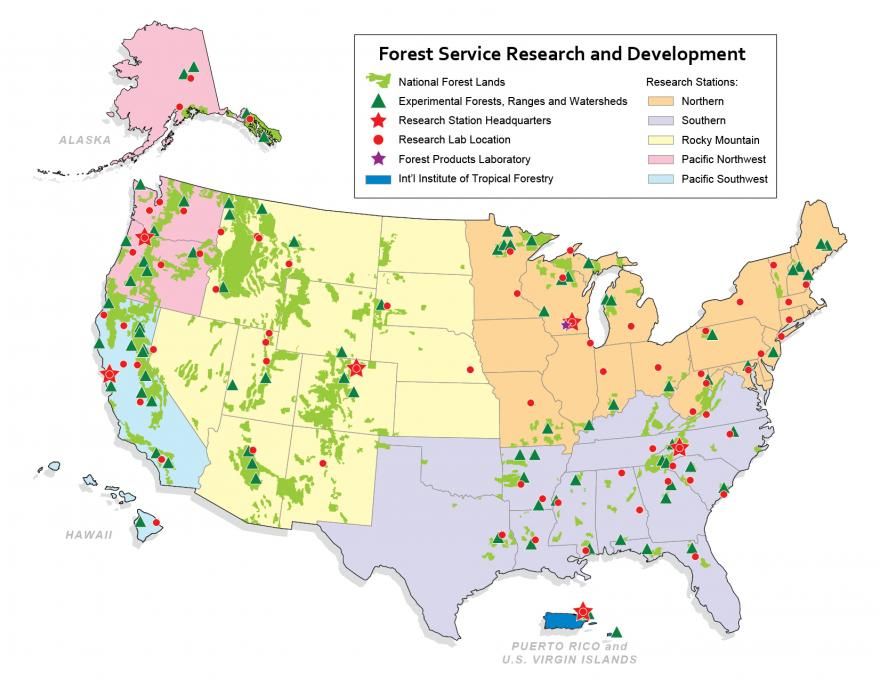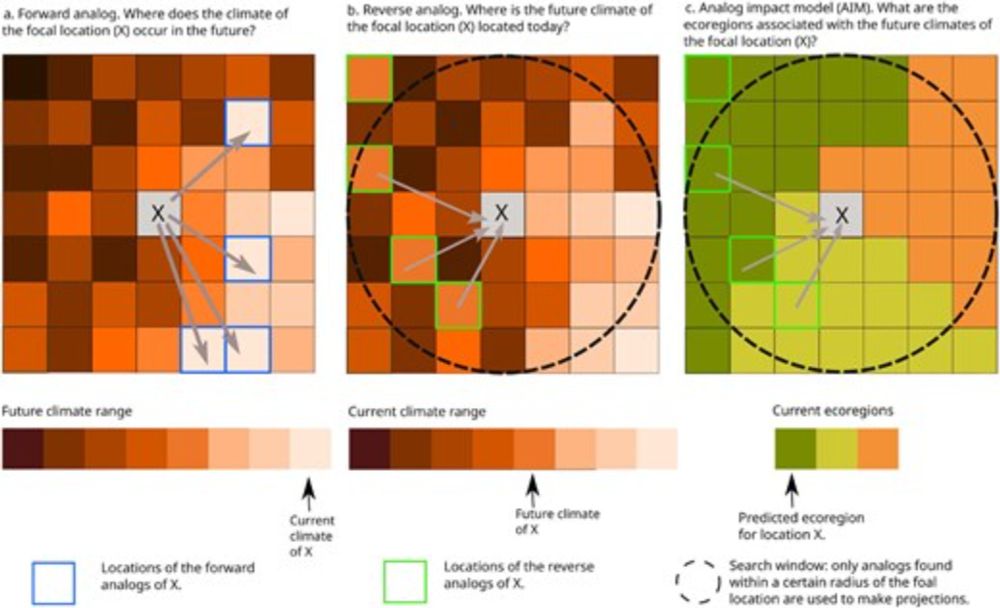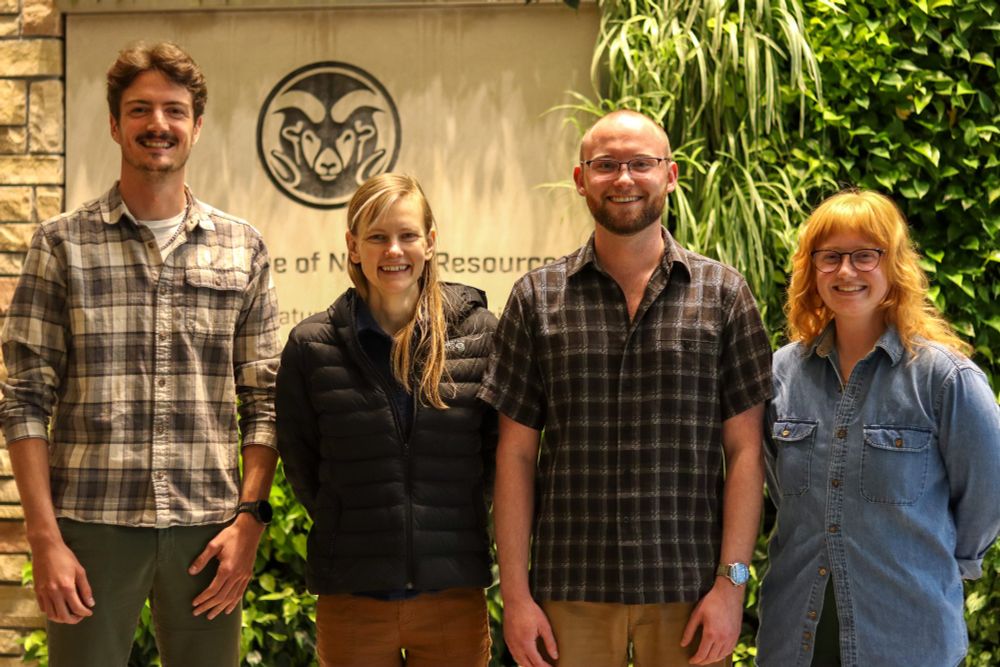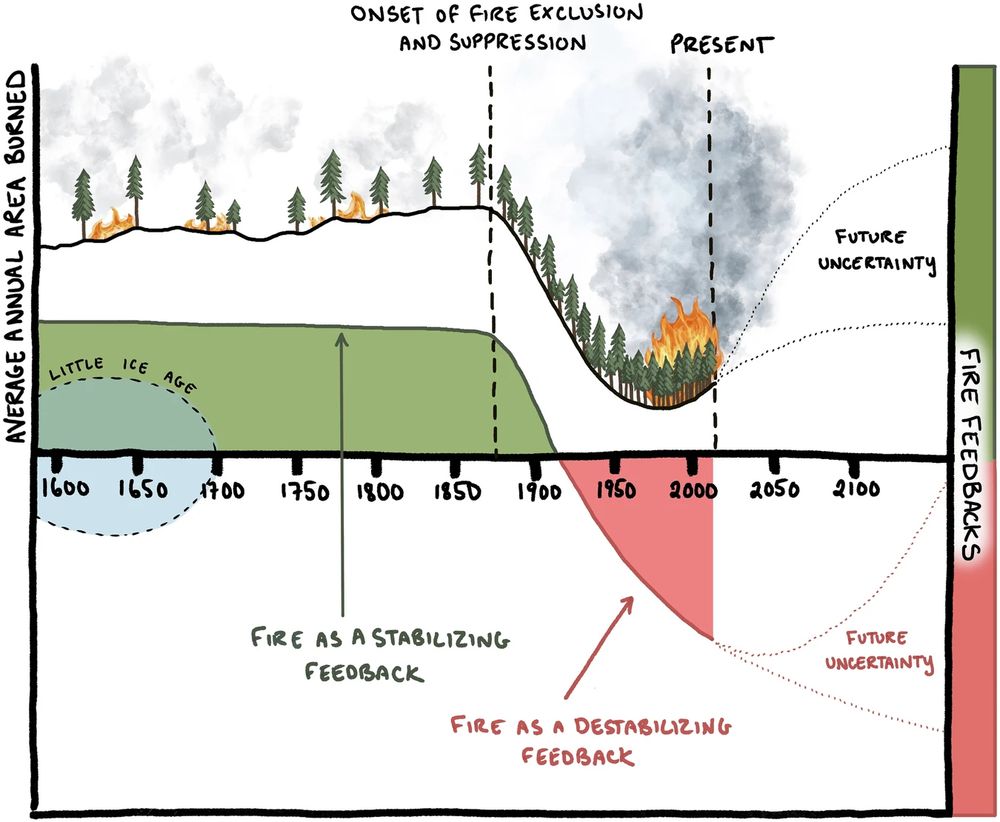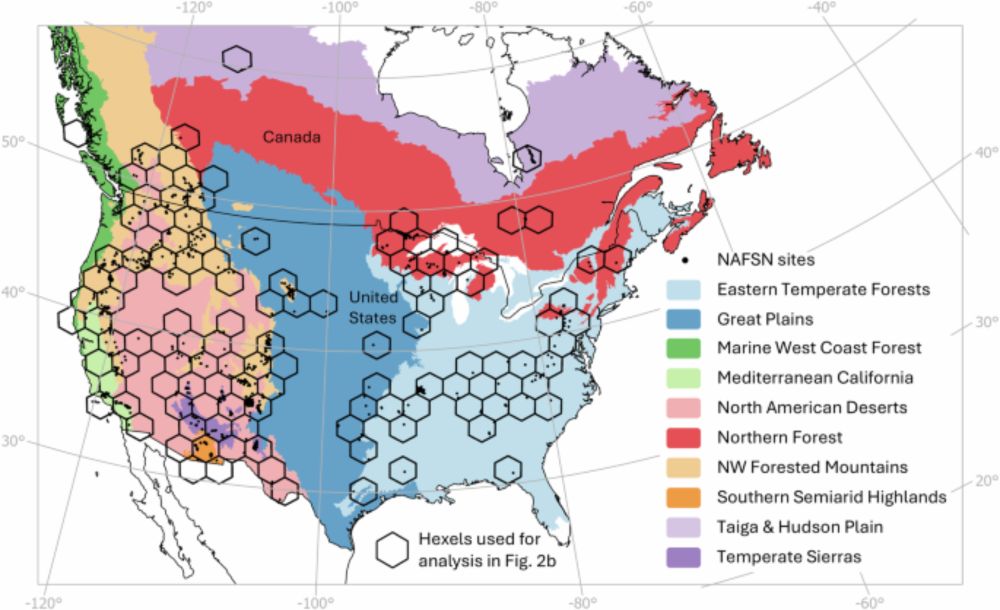Emily J. Francis
@emilyjfrancis.bsky.social
2.2K followers
330 following
30 posts
Forest ecology | remote sensing | disturbance ecology
Assistant Professor | Colorado State University | Department of Forest and Rangeland Stewardship
Posts
Media
Videos
Starter Packs
Reposted by Emily J. Francis
Reposted by Emily J. Francis
Reposted by Emily J. Francis
Reposted by Emily J. Francis
Silvia Caldararu🌿
@scaldararu.bsky.social
· Feb 24
Reposted by Emily J. Francis
Reposted by Emily J. Francis
